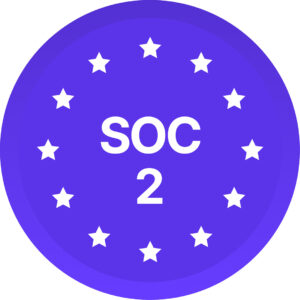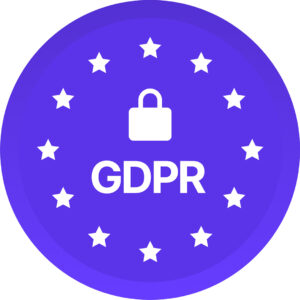Increasing Prevalence of Artificial Intelligence
The rise of artificial intelligence to supplement and replace human intelligence poses a great deal of potential for societal development. The benefits from its innovation are felt in almost every industry, ranging from hiring to criminal justice, and even healthcare.
Decisions that are made in sensitive industries such as determining access to medical treatments can have a profound impact, and many feel uncomfortable leaving these decisions to artificial intelligence. This leads to the relevant question: Will the same biases in human decision-making be exacerbated by the use of AI?
The Rising Concern of Bias
Biases in how humans make decisions are well documented. Human decisions are also difficult to probe or review, leaving room for unconscious bias. For example, employers may review prospective employees’ credit histories in ways that can hurt minority groups – even though the link between credit history and on-the-job behavior has not been established.
Since Artificial Intelligence is still designed by humans, the concern is these same biases could appear or even be amplified by new technologies. On the other hand, artificial intelligence advocates suggest that it has the power to eliminate the bias in human decision-making by using objective metrics to determine outcomes rather than subjective feelings and emotions.
In any case, AI tools are only as effective as the data sets that they are given. For example, AI that is given data that was collected under the conditions of human bias will learn to interpret data based on the inaccurate information that it has received. Research conducted on facial recognition technology revealed that AI tools perform worst on darker female faces (20.8% − 34.7% error rate).
Despite the Gloom There is Light
AI is a tool that can only extrapolate on the information it is given. When used for the purpose of decreasing bias, AI can be harnessed to truly create an impact. So how do we use AI to eliminate human bias rather than further perpetuating it? Here are three ways organizations can ensure AI is leading to positive change:
- Diverse Teams: It is increasingly important that the teams that are designing and developing artificial intelligence have a diverse background. A diverse team is able to predict potential sources of bias. For example, a team with representation for people of color is more likely to highlight the need to train facial recognition tools on faces of other people of color.
- Mitigation Strategies: Companies should try to isolate and take action against potential biases they foresee in datasets. This can take the process of third party review or cross referencing data with control groups.
- Invest in Bias Research: As companies invest in developing their AI tools, a component of this investment ought to be directed towards understanding the potential sources of bias.
How Diversio Operates in this Space
At Diversio, our mandate is to use Artificial Intelligence to pave the path to a more inclusive future. We are a people intelligence platform that measures, tracks, and improves DEI. Using AI technology and human expertise, Diversio diagnoses pain points, benchmarks against peers, and creates action plans. Our AI analyzes data from investor portfolios, private organizations, and public companies, including the World Bank, Danone, and Microsoft. Diversio’s tool analyzes 1,200 academically verified strategic solutions based on an organization’s data to select the best to improve DEI.
In the spirit of using the power of AI to limit bias, Diversio has created a Bias Corrector tool that helps organizations promote inclusivity and reduce institutional bias. Some of the features of the Bias Corrector Tool include:
- Secure: Connects directly to a company’s messaging platform such as Slack or GitHub. In a workforce that is becoming increasingly virtual, this is an important component of the work environment Information is then extracted to provide insights on the inclusivity of the atmosphere created on these platforms.
- Isolate: Analyzes aggregated data from public channels to identify differences in treatment Explore your team dynamics using 16 distinct metrics for measuring unconscious bias.
- Improve: Generate real time insights for the entire organization and individual teams. Choose interventions from a recommended list to correct unconscious bias.
Visit www.Diversio.com to learn how data analytics can help you achieve your diversity and inclusion goals.

